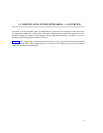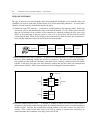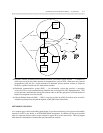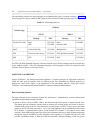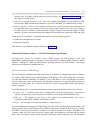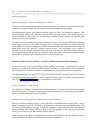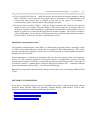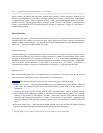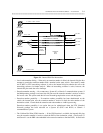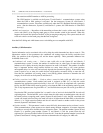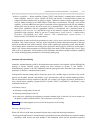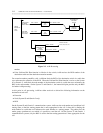COMMUNICATION SYSTEM NETWORKING — AN OVERVIEW 2-5
_ ______________________________________________________________________________________
_ ______________________________________________________________________________________
_ ______________________________________________________________________________________
network calls. In addition, ARS provides toll-sensitive routing. (See Network Call Processing later in
this chapter for further details.)
• Trunk access through dial access codes. This is the capability that enables a private tandem tie trunk
network and a MS/T network on the DIMENSION, System 85, and Generic 2 communications systems.
• Internal dial plan — This is a set of databases that allow the switch to recognize the extensions of its
own terminals and to cross-references dial access codes to trunks, feature access codes (for example, 9
for ARS, and 8 for Automatic Alternate Routing [AAR]) to features, and extension numbers to RNX
numbers. All calls are processed through the internal dial plan before they forwarded to ARS and AAR.
On the System 75 and Generic 1 communications systems, the basic package provides:
• Trunk access through dial access codes
• The internal dial plan
ARS, however, is provided as a separate offering (see table 2-1).
Main-Satellite/Tributary Software — The UDP and Multipremises Packages
To integrate the System 75 or Generic 1 into a MS/T network, the UDP package is used. The
Multipremises package integrates a DIMENSION, System 85, Generic 2 communications system into a MS/T
network. Although the UDP and Multipremises packages perform the same function, some major
differences exist between the methods they use.
System 75 and Generic 1 UDP Package
The set of software capabilities that enable and System 75 or Generic 1 communication system to function
as a node in a MS/T network are provided through the UDP package. The UDP package uses a convention
for node and extension numbering. In addition, is uses AAR tables to route calls through the network.
AAR is a feature that routes private network calls through the selection of an outgoing trunk group from an
ordered list of trunk groups. As in ARS, the ordered list is called a routing pattern; and the trunk group is
called a preference.
The UDP packages uses its extension numbering conventions and the AAR files to route calls as follows:
• Location code — An RNX used to select a routing pattern. From the routing pattern, a preference is
selected. The preference is the trunk group that functions as a tie trunk to the destination switch.
• PBX code — The leading one, two, three, or four digits of the extension number. The code, in
conjunction with the RNX, identifies the destination switch.
• Prefix — The first digit of an extension number in a 5-digit dial plan.
To reach another terminal through the UDP package, the caller dials the destination extension number. The
switch associates the extension number with an RNX and determines whether the RNX is local or remote.
If the RNX is local, the call is treated as a normal 4- or 5-digit call internal to the system. If the RNX is for
a remote switch, the local switch selects the routing pattern and preference associated with the remote
RNX, sends the number of digits that the preference designates, and forwards the call to the destination







